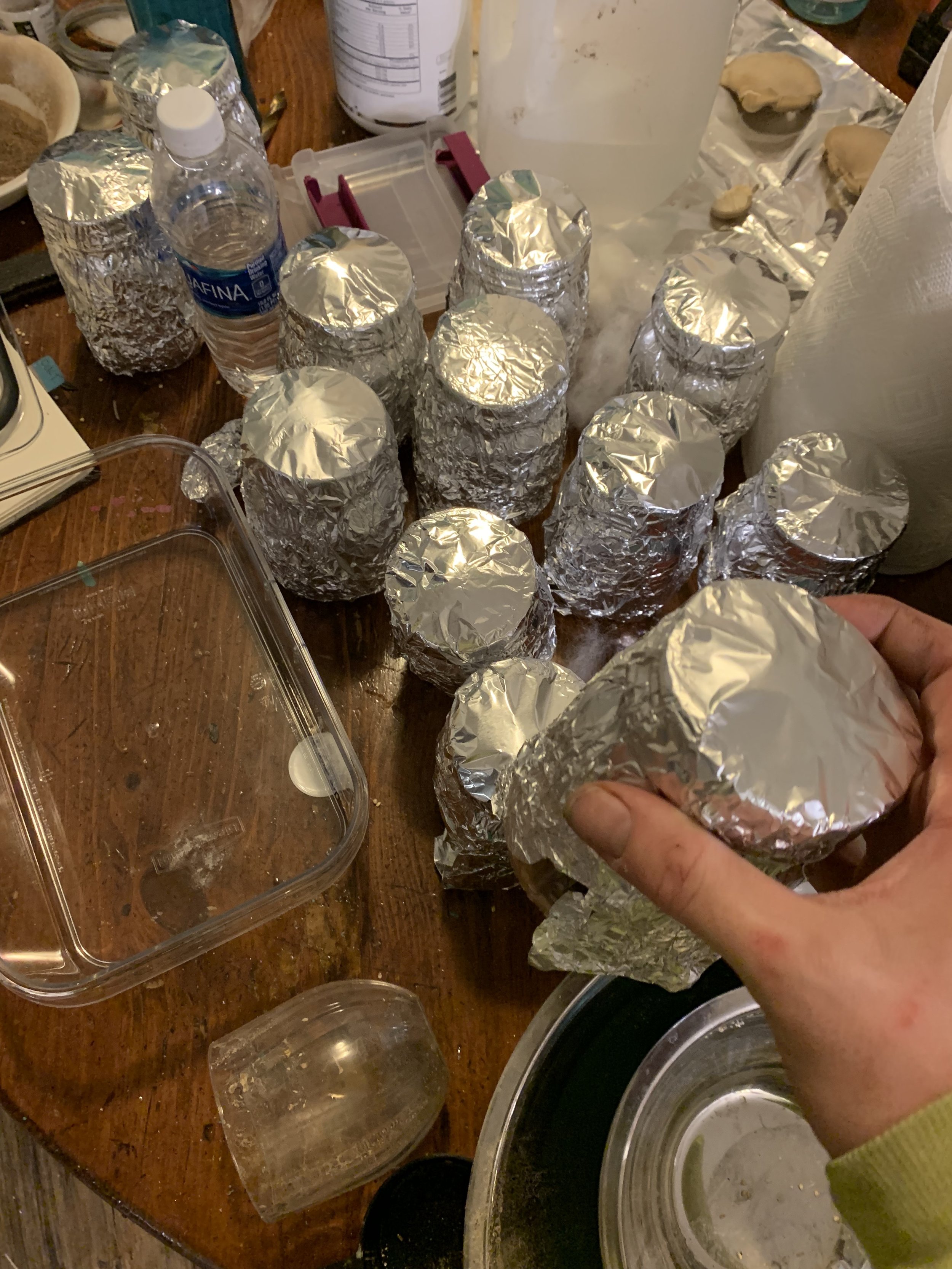How to Home Grow (Indoors) Cordyceps Militaris
As a Gamer, the first thing that comes to mind when thinking of cordyceps is “The Last of Us” or “Zombies” and how they infect the host to conduct their bidding (Spreading and reproducing). There isn’t much to fear about cordyceps yet as we’re lucky to be warm blooded creatures so it is near impossible to get a fungal infection that can take over our bodies. So now that we know cordyceps are safe, how do we grow them and what health benefits do they have?
When these fungi attack their host, they replace its tissue and sprout long, slender stems that grow outside the host’s body.
The remains of the insect and fungi have been hand-collected, dried and used in Traditional Chinese Medicine for centuries to treat fatigue, sickness, kidney disease and low sex drive.
Supplements and products containing Cordyceps extract have become increasingly popular due to their many purported health benefits.
Of the more than 400 species of Cordyceps discovered, two have become the focus of health research: Cordyceps sinensis and Cordyceps militaris.
However, much of this research is limited to animal or lab studies, so health experts currently can’t draw conclusions about their effects on people.
However, their potential health benefits are promising.
This article highlights 6 potential benefits of Cordyceps, based on science.
Cordyceps have been shown to improve measures of exercise performance in older and younger adults, but not in well-trained athletes.
Research in mice suggests Cordyceps have anti-aging properties. While these findings are promising, it’s unknown whether they apply to humans.
Early Human studies suggest Cordyceps may have the potential to treat cancer, as well as some side effects of cancer treatments.
Chronically elevated blood sugar levels are common in people with uncontrolled diabetes and can have serious health effects. Research in animals suggests Cordyceps may have potential as a diabetes treatment.
Cordyceps may benefit heart health by helping prevent arrhythmias and lowering levels of triglycerides and “bad” LDL cholesterol.
Research suggests Cordyceps decrease inflammatory markers in mammals. However, their effects on inflammation in humans remain unknown.
Process to Grow Cordyceps:
Well im assuming you have received either a culture dish or a LC syringe of Cordyceps Militaris so we will start there if however you are starting with a wild fruit you are going to want to start with printing & cloning. It is possible to grow these in a jar as shown below. It is important to note that you’ll need to continuously propagate the cordyceps with new spores.
lets say you start with a dish. First thing your going to want to do is make LC and make a few copies of your dish ( it will senesce fast and once they reach senescence they wont produce mushrooms so you are going to want to take prints as soon as possible so you don't need to many back ups)
the LC is nothing complicated or different 1 tsp of glucose to 500ml is fine.
it is best to have a stir plate however as the culture grows quickly and if you don't have one it will become too thick to use quickly.
next we will make the jars. I like the 1/2 quart wide mouth jars I drill a 1/4 inch hole in the center and a small hole off the the side of each lid. then using .5 micron discs and RTV I attach the filters and make a ship
fill each jar with 30gs of rice/millet
put 709 grams (3 cups) of distilled water into bowl
stir in
1 tblspoon of potateo starch
1 tblspoon yeast extract
1 tsp powdered azomite
0.7 Kh2po4 (monopotassium phosphate) *
0.35g mgso4 (magnesium sulfate) *
.35 c6h14n207 (ammonium citrate) *
10 gs of glucose
1.0 gs of soybean peptone *
50mg thaimine (vit B1) *
wisk together well and while still spinning slowing pour into cup on scale until you hit your 44gs then add to jar. repeat for each jar.
*= optional but not necessary you will get diminished results but will still work without these ingredients
wrap in foil and PC 60 min at 15 psi
after they cool inoculate with the LC then store in a cool DARK place for about 10 days or until colonized. it is very important they remain in the dark this entire time. hold 72 degress F
once colonized move into fruiting conditions. They are invitro so all you need do is introduce a 12 on 12 off light cycle
after about 2 weeks you will have fruits! yayyyy
printing and cloning
so remember how i said they will senesce quickly? so its important to take prints and constantly add in new genetics.Cordyceps militaris produces ascospores, so they will not take traditional prints, the easiest way to get around this is to just attach a section of stroma to the underside of a dish lid with petroleum jelly. you can tell that your fruits are ready to print when then perithecia (little bumps on stroma) begin to buldge
You will want to carefully take the specimen and stick it to the top of the petri-dish to allow there spores to carefully fall down onto the agar agar dish. Many people will often skip this important step and just propagate/clone the cordyceps but it will not fruit properly and die off.







